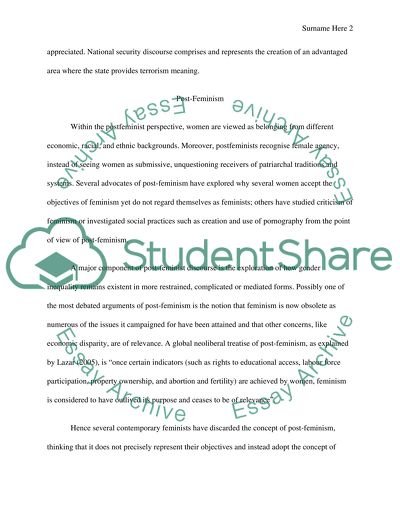Cite this document
(“What is representation and why does it matter Discuss with reference Essay - 1”, n.d.)
Retrieved from https://studentshare.org/journalism-communication/1654857-what-is-representation-and-why-does-it-matter-discuss-with-reference-to-two-of-the-following-orientalism-marginality-symbolic-violence-affect-postfeminism-terrorism-compassion-fatigue
Retrieved from https://studentshare.org/journalism-communication/1654857-what-is-representation-and-why-does-it-matter-discuss-with-reference-to-two-of-the-following-orientalism-marginality-symbolic-violence-affect-postfeminism-terrorism-compassion-fatigue
(What Is Representation and Why Does It Matter Discuss With Reference Essay - 1)
https://studentshare.org/journalism-communication/1654857-what-is-representation-and-why-does-it-matter-discuss-with-reference-to-two-of-the-following-orientalism-marginality-symbolic-violence-affect-postfeminism-terrorism-compassion-fatigue.
https://studentshare.org/journalism-communication/1654857-what-is-representation-and-why-does-it-matter-discuss-with-reference-to-two-of-the-following-orientalism-marginality-symbolic-violence-affect-postfeminism-terrorism-compassion-fatigue.
“What Is Representation and Why Does It Matter Discuss With Reference Essay - 1”, n.d. https://studentshare.org/journalism-communication/1654857-what-is-representation-and-why-does-it-matter-discuss-with-reference-to-two-of-the-following-orientalism-marginality-symbolic-violence-affect-postfeminism-terrorism-compassion-fatigue.


